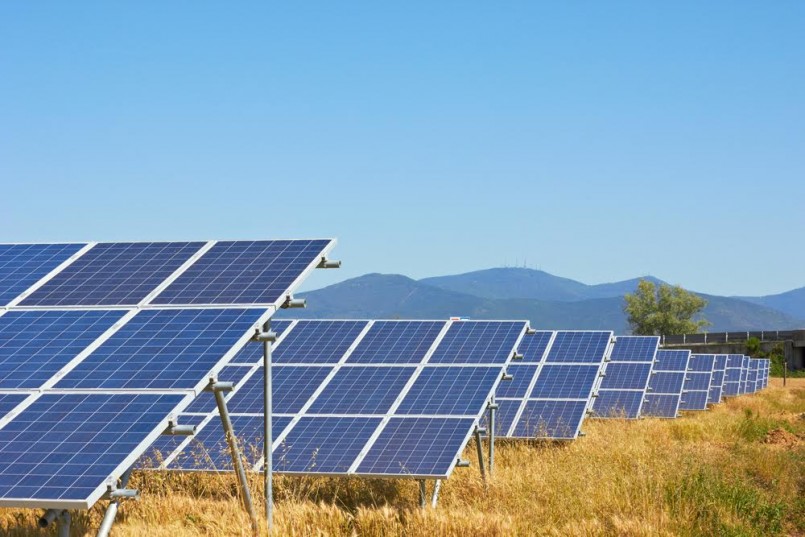Environment
Switching to renewable energy really is affordable

Image: Shutterstock/portumen
The figures are in, and the shift to renewables is cheap! The state of Oregon has just discovered that their goal of switching to coal-free renewable energy by 2030 is actually going to be quite affordable. Current estimates place the expense at about .01% through the year 2028, or basically a ten cent increase on every $100 electric bill. Weighed against previous guesses of a .08% increase being passed along to consumers, this newer figure brings high hopes and happy Oregonian faces.
Why the discrepancy?
Pacific Power, one of the state’s two main utility companies, was able to acquire bids for renewable energy projects with much lower prices than they originally forecasted. The discrepancy from earlier estimates appears to be due to a previous lack of updated data. According to spokesman Ry Schwark,
“When we did our initial analysis of this, we didn’t have the latest prices from the markets. We went out in the market and found that there is such an amount of renewable energy coming online in the next couple of years that we were basically able to move our coal-free compliance date up two years to 2028 without much of a rate impact on consumers.”
Contracts are in preparation for twelve different renewable energy projects including one for wind and eleven solar farms, which are forecasted to come online within less than two years. The cost break stems from both solar energy’s efficiency as well as the volume of development currently occurring. Schwark shares that there are “so many renewables coming online across the network at this time that we can really get competitive prices.”
Where do we go from here?
The Solar Energy Industries Association shares data reflecting agreeably low costs for the switch to renewables as well. According to spokeswoman Alex Hobson, current rates for solar projects are competitive with coal and natural gas energy prices, which will likely lead to an increase of solar in “America’s energy portfolio” as utility companies become more comfortable with the shift. According to their list of major solar projects, more than 3,300 megawatts’ of solar projects are in construction at this time across the nation with at least 53,000 megawatts’ more in the development stage. Pacific Power anticipates this being one great leap forward in the process of switching to renewables as prices are predicted to continue falling, making further Oregon legislative requirements of 50% energy from renewables by 2040 easy to follow as well. Overall, it appears to be a very hopeful step in the right direction, soon to be followed by many more. Let’s hope Oregon has set the tone for more states to implement a quick and easy transition toward renewable energy as well!





0 comments